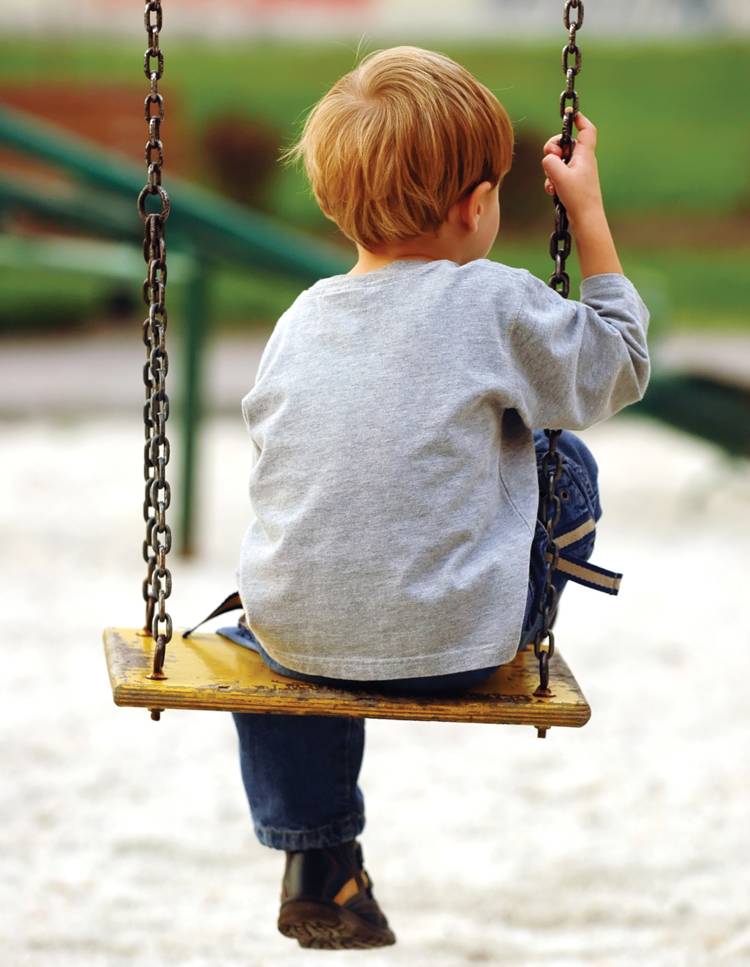The new Pixar/Disney film “Inside Out” elevates the importance of the emotional lives of children and provides a critical message to parents—not just of tweens but of babies and toddlers, too—about the importance of helping children learn to understand and manage their complex emotions—starting from day one.
The highlight of a recent sun-drenched weekend at the beach was not a peaceful walk along the ocean; it took place in a dark, cavernous space in Ocean City, Maryland—watching the delightful and very important new film Inside Out. Major kudos are due Pixar and Disney for elevating the importance of the emotional lives of children and providing a creative vehicle for helping kids learn to understand and manage their complex emotions. Most important, the film reminds parents that having a happy child does not mean your child must always be happy.
Inside Out is the story of 11-year-old Riley, who we see struggling to navigate the challenges of making a move from Minnesota to San Francisco through the range of emotions that are personified as characters in her brain—Joy, Sadness, Fear, Anger, and Disgust—and how her parents come to recognize the need to acknowledge and honor her pain. The powerful take-home message: Sadness and joy can co-exist. They are part of a complex range of emotions children experience, and it is a gift to acknowledge and help children cope with these feelings. Muscling through difficult experiences builds strength and resilience and is ultimately what brings children a sense of contentedness and well-being. As a mental health professional, I wanted to cheer for the film’s powerful and valuable message about children’s emotional well-being, and want to be sure it reaches parents of young children, too.
Why it is relevant to parents of babies and toddlers?
Young children are deeply feeling beings. Starting in the earliest months of life, well before they can use words to express themselves, babies have the capacity to experience peaks of joy, excitement, and elation. They also feel fear, grief, sadness, hopelessness, and anger—emotions that many adults understandably find it hard to believe that such young children can experience. But just as Riley in the film needs her parents to hear and empathize with her difficult feelings of pain and loss—which helps her move on in positive ways—so do babies and toddlers.
What can parents do?
STARTING IN THE EARLIEST MONTHS, TUNE IN TO BABIES’ CUES—THEIR SOUNDS, FACIAL EXPRESSIONS, AND GESTURES—AND RESPOND SENSITIVELY, WHICH LETS BABIES KNOW THEIR FEELINGS ARE RECOGNIZED AND IMPORTANT. This might mean stopping a tickling game with a 4-month-old when she arches her back and looks away, signaling she needs a break. Or taking a 9-month-old to the window to wave good-bye to Mom when he is sad to see her leave for work.
LABEL AND HELP TODDLERS COPE WITH FEELINGS.
Emotions like anger, sadness, frustration, disappointment, and shame can be overwhelming for young children. Naming these feelings is the first step in helping children learn to identify and accept them and communicates to children that these feelings are normal. This might mean acknowledging an 18-month-old’s anger at having to leave the playground, even while escorting her into the car seat; validating a 2-year-old’s frustration at his block tower falling again and again; or empathizing with a 3-year-old’s sadness that his grandparents are leaving after a long visit.
DON’T FEAR THE FEELINGS.
Feelings are not the problem. It’s what we do—or don’t do—with them that can be problematic. In the movie, the character Disgust rightly exclaims: “Emotions can’t quit!” So parents should listen openly and calmly when children share difficult feelings. This makes them feel safe to express them. When parents ask about and acknowledge feelings, children learn to accept and express them in acceptable, healthy ways over time, rather than fear them.
AVOID MINIMIZING OR TALKING CHILDREN OUT OF THEIR FEELINGS.
This is a natural reaction—we just want to make the bad feelings go away—to put them in the “circle of sadness” (Joy’s special strategy for keeping emotional pain away), or relegate them to the “subconscious, where they take all the troublemakers.” But this sends the message that these feelings are “wrong” and not acceptable, which leads to avoiding difficult feelings, making it less likely children will have the chance to learn to manage them effectively. Instead, these feeling must be expressed in other ways, often through aggressive words and actions, or getting turned inward, which can ultimately make children anxious or depressed.
TEACH TOOLS FOR COPING.
Guide an 18-month-old who is angry that iPad time is over to stamp his feet as hard as he can or to draw how angry he is with a red crayon. Help a 2-year-old who is frustrated at not being able to get the ball into the basket brainstorm alternative strategies to solve the problem. Take a 3-year-old who is fearful about starting a new school to visit it beforehand—meet the teachers and play on the playground—so that the unfamiliar can become familiar. A. O. Scott summed it up best in his review of the film in the New York Times: “Sadness, it turns out, is not Joy’s rival but her partner. Our ability to feel sad is what stirs compassion in others and empathy in ourselves.” Inside Out has made a major contribution to the mental health of all children by normalizing and celebrating all emotions, and by illustrating the critical role parents play in helping children cope with life’s challenges. And it starts on day one.




